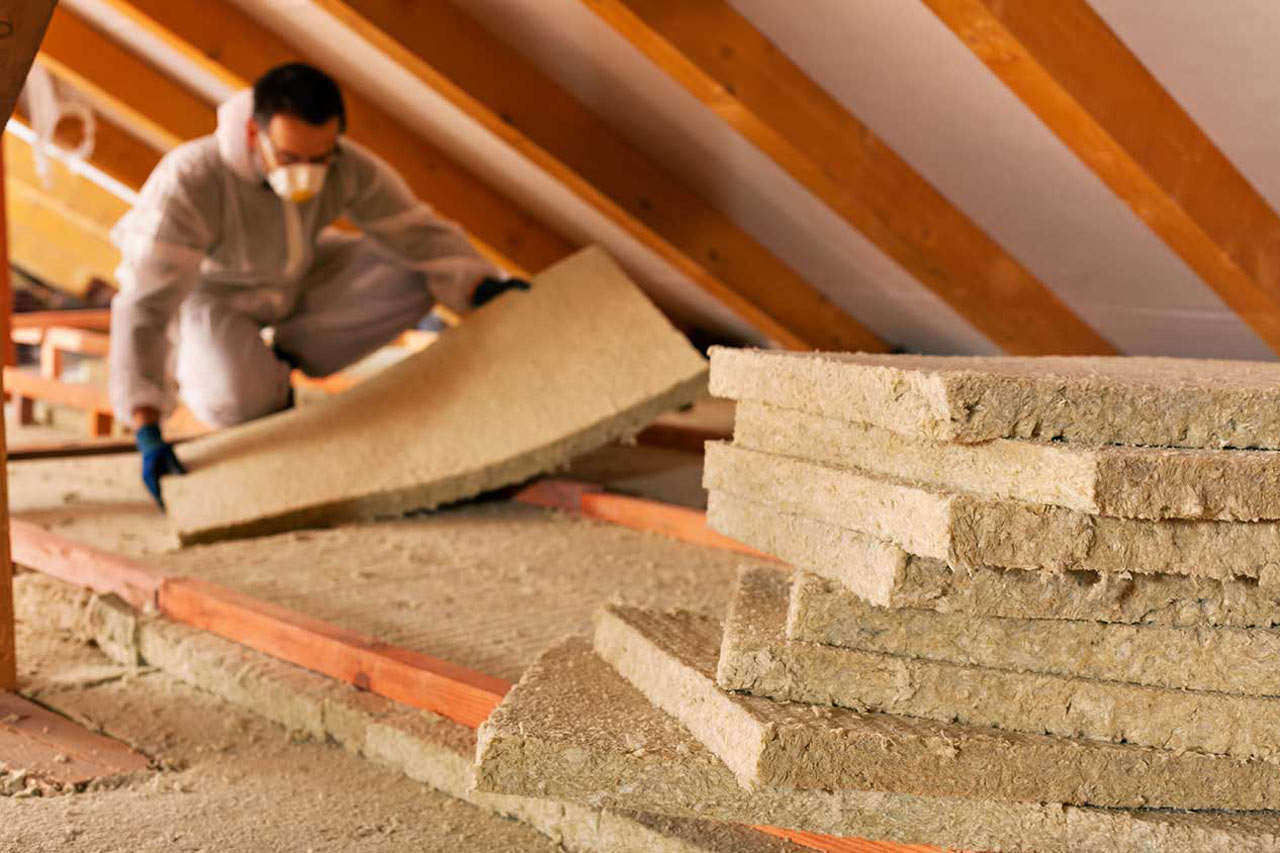How Much Does Insulation Removal Cost?
Typical Range:
$600 - $1,200
Typical Range:
$600 - $1,200
Cost data is based on research by HomeAdvisor.
Updated October 14, 2022
Written by HomeAdvisor.The cost to remove insulation ranges from $600 to $1,200 for a typical 600 square foot attic, with an average cost of $900. This cost doesn’t include related expenses like insulation disposal or new insulation installation. Once you remove old insulation, you'll want to install new insulation as soon as possible.
| Average Cost | High Cost | Low Cost |
|---|---|---|
| $900 | $1,200 | $600 |
It costs between $1 and $2 per square foot to remove insulation. For example, if you have a 600-square-foot attic, you’ll pay an average of $900 for the cost to remove the insulation.
Some of the factors that influence the cost to remove insulation include the size of your attic and the type of insulation.
Size is one of the biggest factors that affect the cost of removing insulation. The larger your attic, the more it will cost to remove and replace insulation materials. It’s a good idea to get an insulation removal quote from a local insulation contractor who will consider your attic’s size.
Some types of insulation are easier to remove than others. Batt insulation, for example, needs removal by hand, which may cost more to remove than blown-in insulation, which a pro can remove using a vacuum. Common types of insulation include batting insulation, blown-in insulation, spray foam insulation, radiant insulation, and rigid insulation.
The cost to remove insulation with asbestos in it can cost anywhere from $800 to $15,000. Vermiculite insulation often contains asbestos. If you’re not sure whether or not you need to remove insulation due to asbestos, you should get in touch with an inspector to determine if removal is necessary. Asbestos is only dangerous when it’s airborne, so encapsulating asbestos is sometimes a more affordable option.
If you’re looking to remove insulation, it’s usually a good idea to work with a professional. This is especially true if you’re removing insulation because of mold, asbestos, or other damage; these materials can be dangerous to come into contact with and potentially hazardous to your health.
After removing old insulation, insulation professionals typically install new insulation of your choice immediately. This helps to ensure that your home is continuously insulated, making your home more comfortable and helping to reduce your energy bills. If you’re interested in removing insulation from your home, you should contact an attic insulation professional in your area to discuss your options.
Whether or not you need to remove your insulation depends on several factors, including if you’ve had animal damage, water damage, or other issues. For instance, if your insulation is full of rat droppings or mold, you should definitely get it replaced. On the other hand, you don’t necessarily have to replace insulation just because it’s old. However, if any gaps have formed, you may need to install more insulation.
Attic insulation can last 80 to 100 years for the most part. However, some pros prefer to replace insulation every 15 years because it can become less effective with age. For example, fiberglass can get dirty, wet, or covered in mold, or fall from batts over time. Ask your home inspector if it’s time to replace your attic insulation.
While under-insulation is a much more common problem than over-insulation, it’s still possible to have too much insulation in your attic. Since insulation helps retain heat and cut down on energy costs, there’s a point where adding additional insulation won’t make any difference for these goals. The exact amount of insulation you need will depend on your region’s climate.
R-value measures the rate of heat transfer in your home. The higher insulation’s R-value, the better insulated your home and the more it contains heat during cooler winter months. With the right R-value, you’ll save more on heating and cooling, but insulation’s R-value sometimes degrades over time. The R-value needed for your home depends on where you live and where you’re installing the insulation.
Common types of insulation damage include mold, animal infestations, water damage and mold, and electrical damage. In any of these cases, it’s important to get your insulation removed and replaced right away. Not only does damaged insulation mean that your energy bills may go up, but insulation laced with dangerous substances can be damaging to your health.
